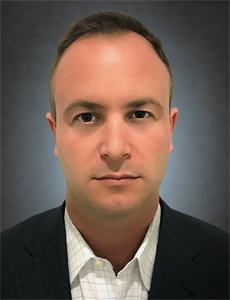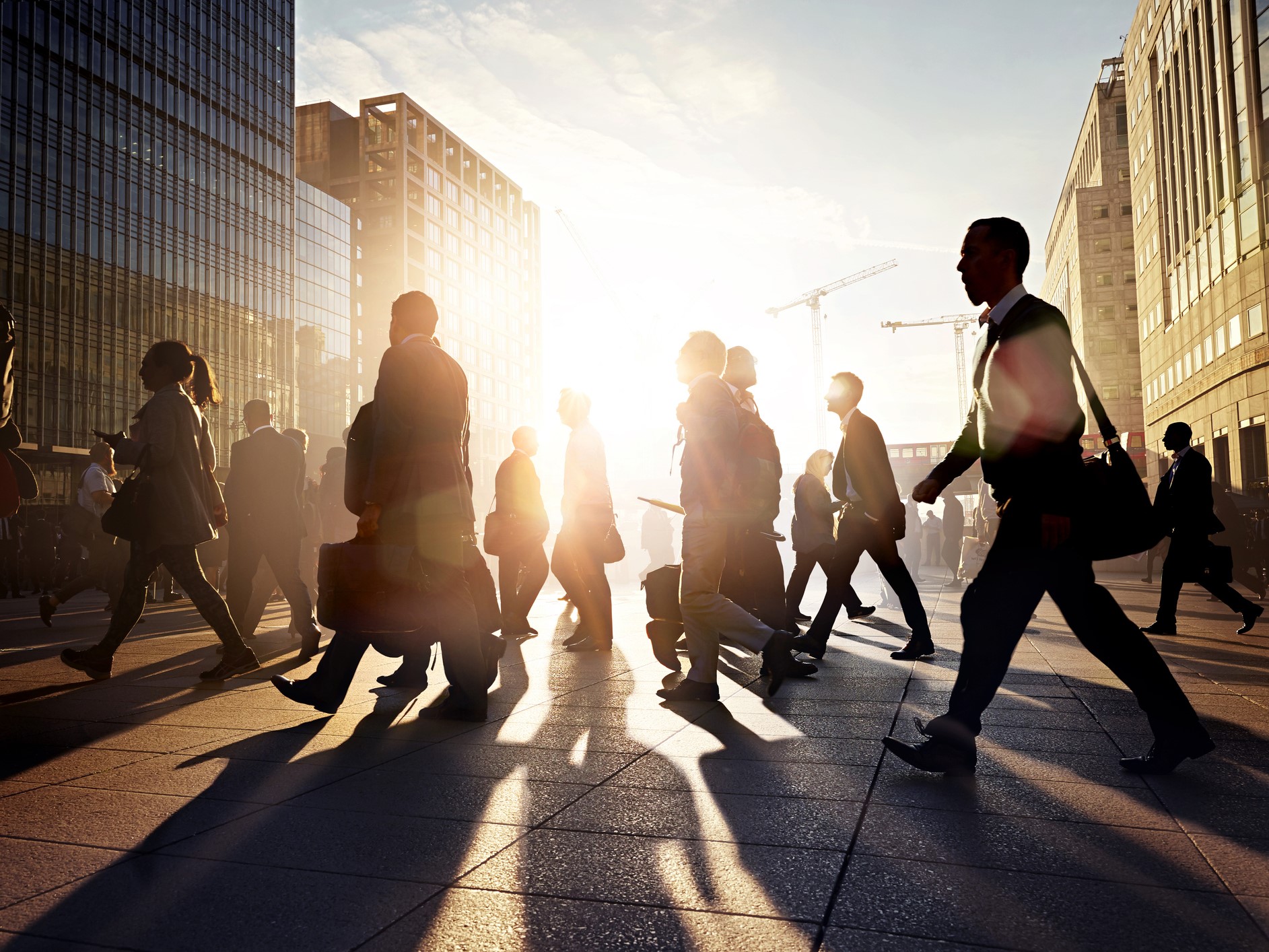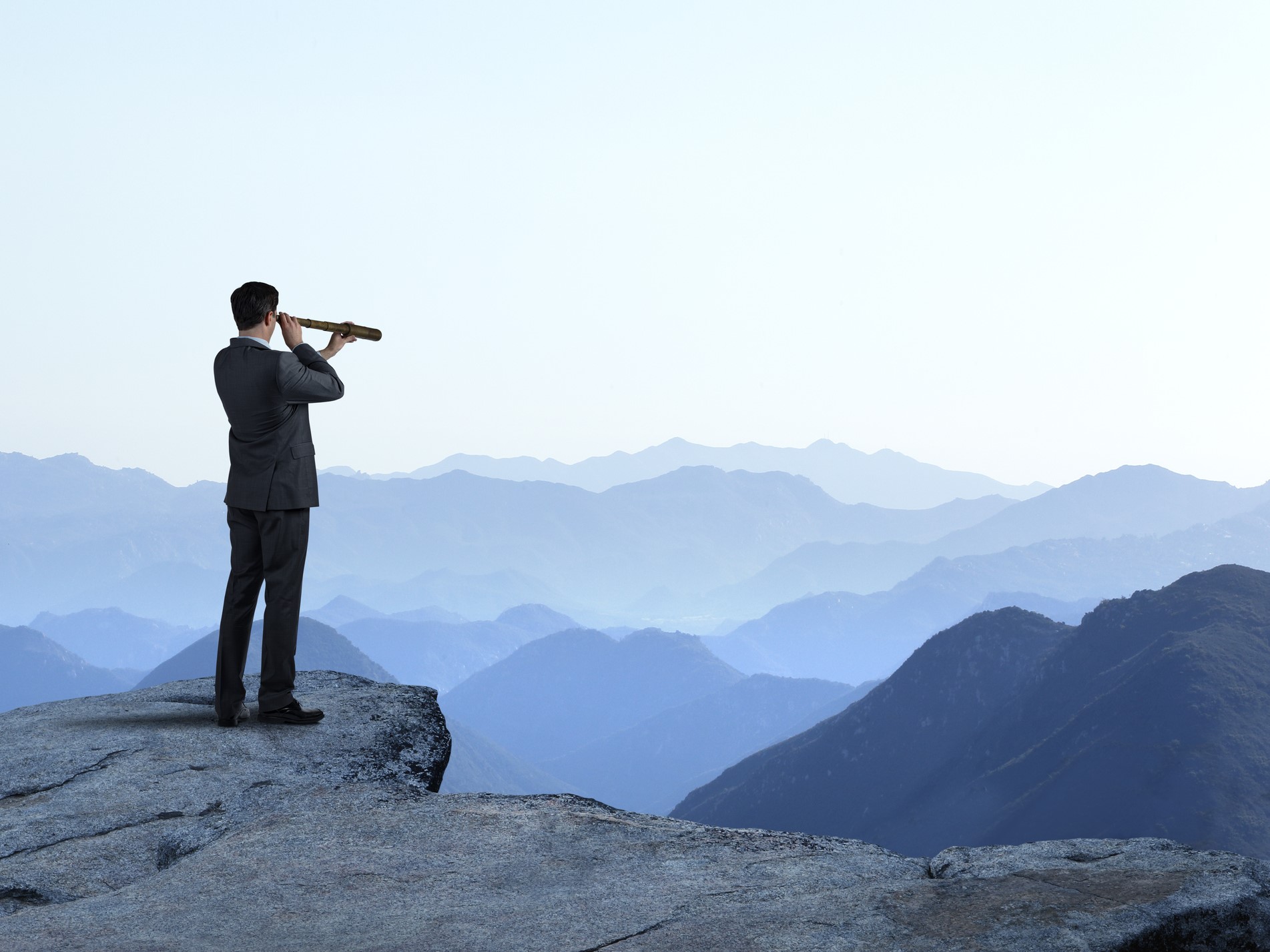Post-COVID-19, What Environmental Horrors Await Commercial Property Owners?

As stay-at-home orders and mandated shutdowns of nonessential business rippled across the country mid-March, commercial real estate owners found themselves facing their worst fear — closing up shop with little to no warning and no timeline for reopening.
While loss of revenue is surely the top concern for property owners, it’s not the only risk associated with an indefinite closure. In their haste to clear out, owners and tenants may have overlooked necessary steps to ensure the safety and security of the building while it’s empty.
“Normally when a building is vacated, it’s planned months or even a year in advance. There’s a systematic decommissioning. In this situation, none of that happened,” said Elizabeth Krol, national client manager for Partner Engineering and Science, Inc.
As a result, owners are facing increased exposure to a variety of environmental and property risks.
“Some of the biggest concerns of environmental carriers are centered around indoor environmental issues. We suspect that in many cases climate control wasn’t properly set, and people will eventually return to find mold blooms, legionella — we don’t think anyone’s out there cleaning their cooling towers right now — and leaking oil tanks,” said Jared Dubrowsky, vice president of the environmental practice at NFP.

Elizabeth Krol, national client manager, Partner Engineering and Science, Inc.
“These are things that would normally be caught in a day to day inspection, but not having those regular walkthroughs is going to allow some issues to grow in severity.”
Illicit abandonment is an issue as well. Tenants may leave behind hazardous materials that become the owner’s responsibility to clean up.
Reducing the Risk
To prevent these hazards from evolving into significant safety threats and sources of financial loss, property owners need to stick to their facility management plan as much as possible.
“If facilities don’t have that plan in place, now is the time to think about how they can monitor their properties going forward until operations return to normal, with the objective that tenants are able to return to the building quickly and safely once we’re all allowed to return to work,” Krol said.
Even with no activity taking place inside a building, key systems still need to be checked, including fire suppression, temperature control and HVAC systems. Routine inspections may have to be conducted less frequently, but should still be done on a regular basis, and with the heightened level of care that the crisis demands.
“For our assessors we provide basic PPE — masks and gloves — and can elevate the level of PPE based on the anticipated conditions of the building,” Krol said.
“So, for example with illicit abandonment, if we have reason to believe that there are hazardous materials on site we might need higher-grade supplies or full-body suits. Or if we know there is already some mold growth, we might ask for some additional respiratory protection.”
Like other workers still reporting to shared physical spaces, assessors should also record and track their daily temperature as the presence of any other symptoms like cough or fatigue.
This situation also highlights the benefits of connected sensor technology. Facilities outfitted with “smart” sensors that detect changes in moisture, pressure or temperature can alert property owners or maintenance managers to any issues as they emerge.
While this may not be sufficient to completely replace physical inspections, remote monitoring systems can at least supplement and reduce the frequency of those inspections.
How to Reopen Safely
When re-entry is allowed, property owners bear the responsibility of ensuring their buildings are clean and safe.
If routine maintenance lapsed during the shutdown, it’s incumbent upon owners to conduct industrial hygiene evaluations and test all critical building systems. Especially if people have been inside the facility during its closure, it’s a good idea to thoroughly sanitize common surfaces and conduct testing to remove any doubt that the facility is virus-free.

Jared Dubrowsky, vice president of the environmental practice, NFP
“As we emerge from COVID-19, we will need to look very closely at indoor air quality and the potential for exposure to the virus. We’ll want to provide the peace of mind that the building is clean and safe for new tenants,” Krol said.
“One thing we’ll do is a post-cleaning verification, using a methodology typically utilized in the food processing industry as well as schools and health care, where we swab surfaces and test for the presence of harmful microbes. It’s not specific to COVID-19, but it will indicate how thoroughly the surface has been sanitized.
If any environmental hazards are uncovered, standard environmental policies should pick up remediation expenses.
“The good news is that all of the issues we’ve identified – the mold, legionella, illicit abandonment, leaking oil tanks — those are all standard coverages under an environmental policy,” Dubrowsky said.
“As of now, the underwriters have not changed how they approach these exposures, so if you do not have an environmental policy, I think there is still an opportunity to get one. If you do have a policy and you experience a loss, it’s important to put your carrier on notice as soon as you’re made aware of it,” he said.
Potential Challenges in Property Turnover
Inevitably, some tenants will go out of business as a result of the shutdown and not be able to return. Commercial real estate transactions may tick upwards as owners seek to unload unprofitable spaces or add properties to their portfolio.
Buyers need to be aware of the potential for environmental hazards left unattended during the shutdown, conduct the proper assessments and ensure liabilities are assigned appropriately.
“The property condition assessment in particular is really mission-critical in situations like this. That’s where we look at all of the building systems to look for any deferred maintenance and issues that might have arisen during the closure of the property,” Krol said.
“There are going to be a lot of properties coming up for sale, and proper due diligence on these locations will be imperative.” &










